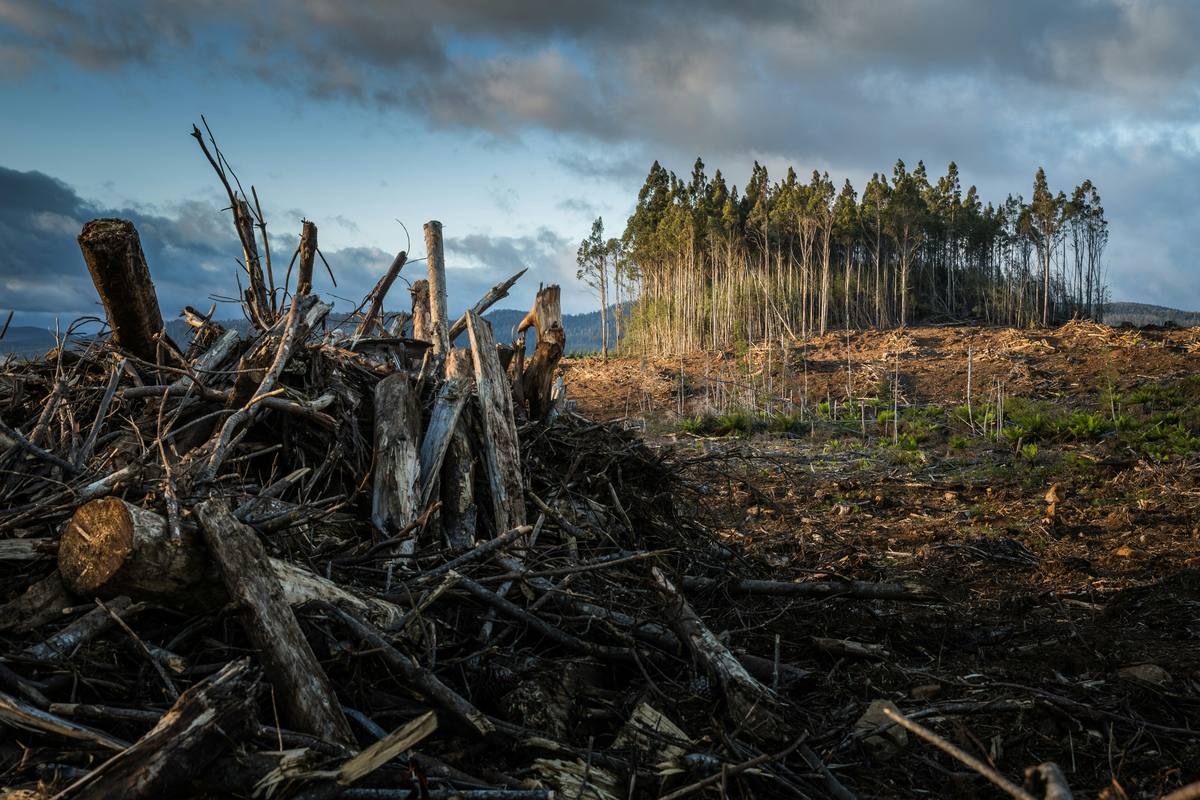Starting Your Forestry Business: A Guide to Green Success
Embarking on the journey of starting a forestry business is an exhilarating venture that promises not only financial rewards but also a deep connection with nature. Before diving into this green endeavor, it's pivotal to understand the landscape - literally and figuratively. Crafting a detailed business plan is your first step toward success, outlining objectives, market analysis, and sustainability strategies. Securing financing, whether through loans or investors, demands a compelling pitch, showcasing the potential for growth and ecological impact. Navigating regulatory requirements is crucial; permits and certifications ensure your operations align with environmental standards. Above all, cultivating a passion for forestry and commitment to sustainable practices will be your guiding light in this verdant industry.
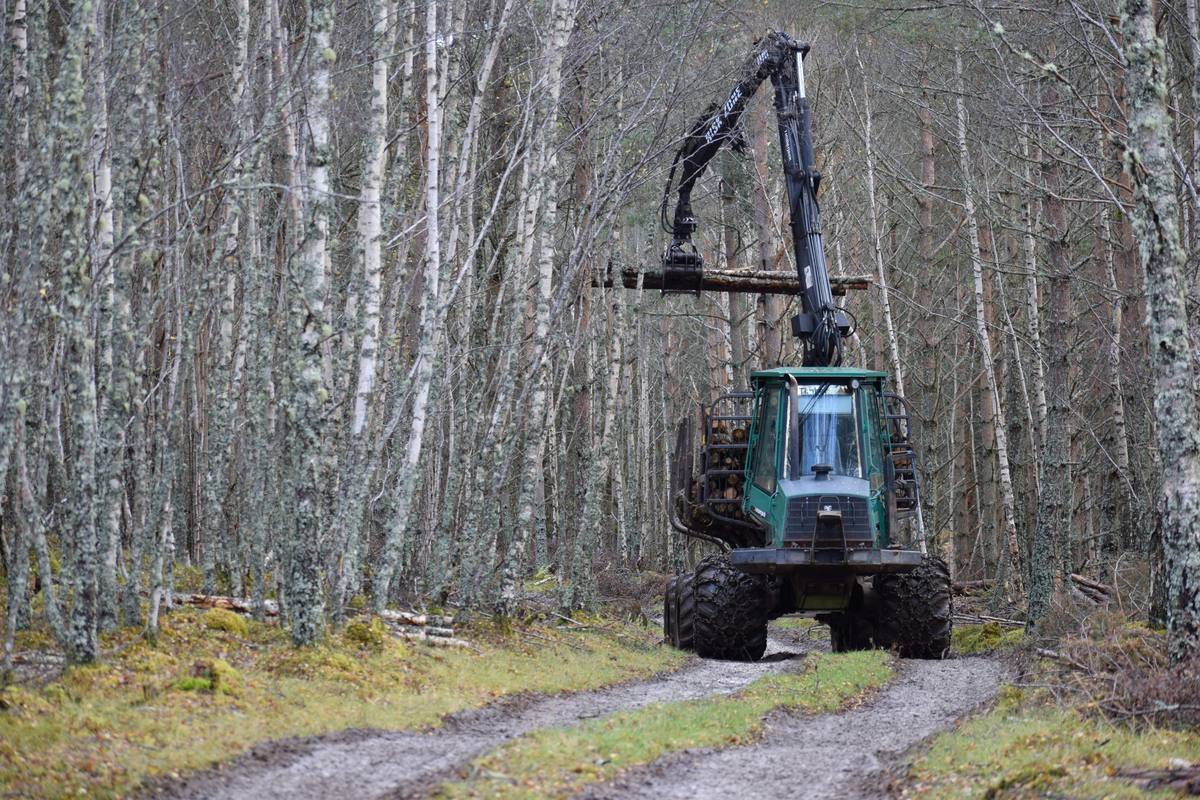
Embarking on the journey of starting a forestry business comes with its unique set of challenges. One of the first hurdles is understanding the intricate balance between profitable timber production and sustainable forest management. This industry requires a deep appreciation for ecological considerations alongside entrepreneurial spirit. Navigating regulatory compliance and securing land rights can also be complex and time-consuming. However, with proper planning and strategic thinking, overcoming these obstacles is entirely possible.
Understanding the Market Dynamics
The forestry sector operates within a dynamic market that demands thorough research and analysis. Knowing your target market, including the demand for different types of wood products, is essential. It's not just about knowing how to start; it's also about knowing where to start. Geographic considerations play a significant role in determining market access and resource availability. Identifying these factors early on will guide you in tailoring your business model to meet specific market needs.
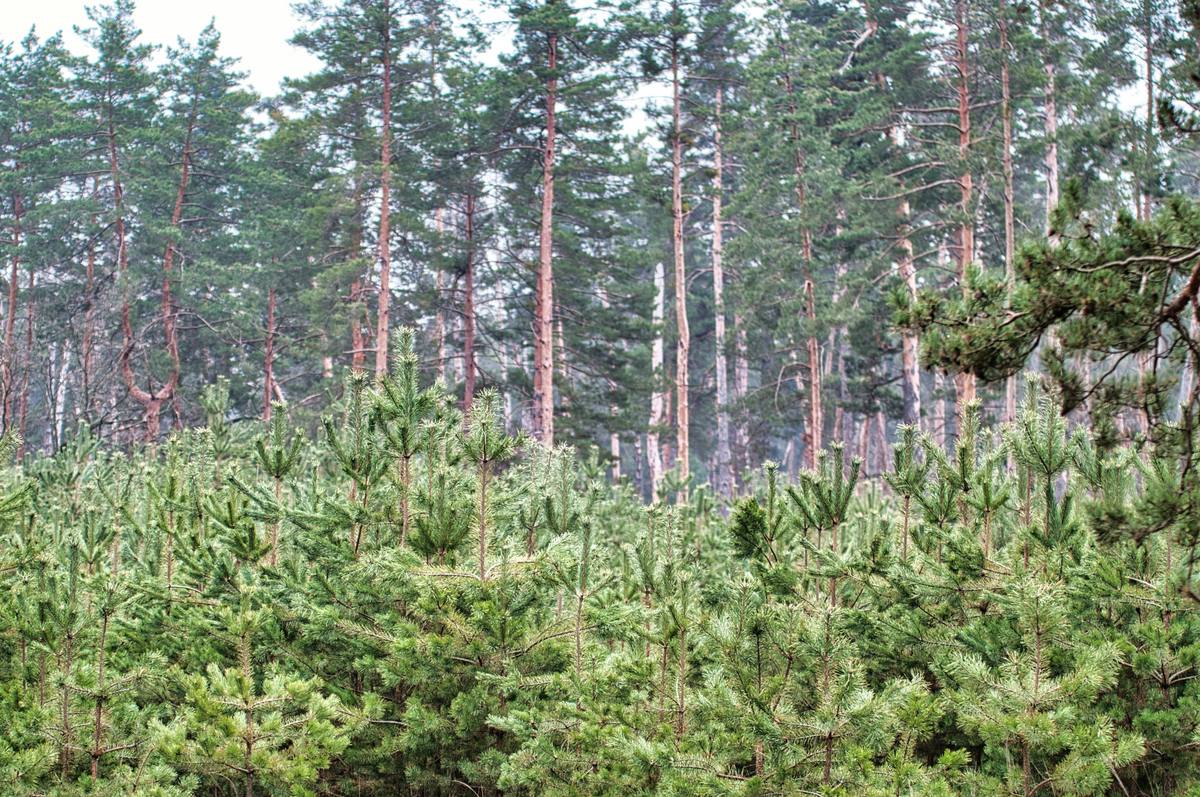
Navigating Legal Requirements
Starting a forestry business involves more than understanding trees; it involves understanding laws. Each country, and often each region within a country, has its own set of rules regarding forestry operations. These can include permits for logging, requirements for reforestation, and environmental impact assessments. Staying informed and compliant with these regulations not only protects your business legally but also reinforces its commitment to sustainability. Seeking advice from legal experts in this field can provide invaluable insights.
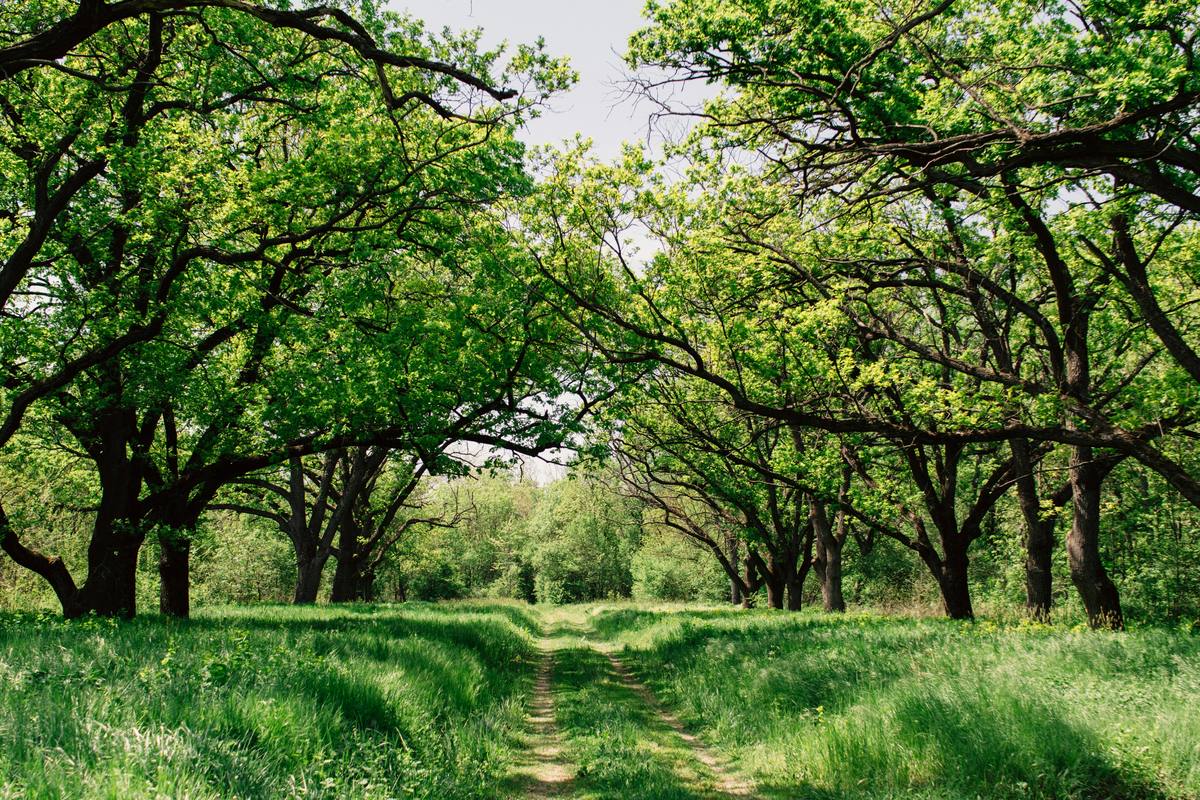
Financial Planning and Investment
Funding your forestry venture is another critical aspect that requires careful consideration. The initial investment for land acquisition, equipment purchase, and operational costs can be substantial. Exploring various financing options such as loans, grants, or investor partnerships becomes fundamental. Accurate financial forecasting helps in managing cash flow effectively, ensuring the sustainability of operations long-term. Moreover, it's crucial to understand that returns in the forestry business might take longer compared to other sectors due to the growth cycles of trees.
Developing Sustainable Practices
In today's world, sustainability isn't just a buzzword; it's a business imperative, especially in forestry. Developing practices that ensure the health and regeneration of forests will position your business as a responsible entity in the eyes of both consumers and regulatory bodies. This approach includes adopting methods like selective logging, controlled burns for underbrush management, and consistent replanting efforts after harvests. Engaging with local communities and ecological experts can further enhance your sustainability strategies. Ultimately, sustainable practices not only contribute to environmental conservation but also secure the long-term viability of your business.

Boost campaigns with 250+ editable templates. Save, reuse, and wield design tools for business growth.
Try it for FREE!Selecting the Right Equipment
The choice of equipment will significantly impact your operation's efficiency and effectiveness. From harvesting machinery to transportation vehicles, selecting equipment suitable for your specific needs while considering environmental impact is crucial. Investing in high-quality tools may have higher upfront costs but can lead to long-term savings through increased durability and lower maintenance costs. Additionally, technology plays an increasingly important role in modern forestry operations, offering solutions that improve precision and reduce waste. Balancing cost with functionality and sustainability is key in equipment selection.
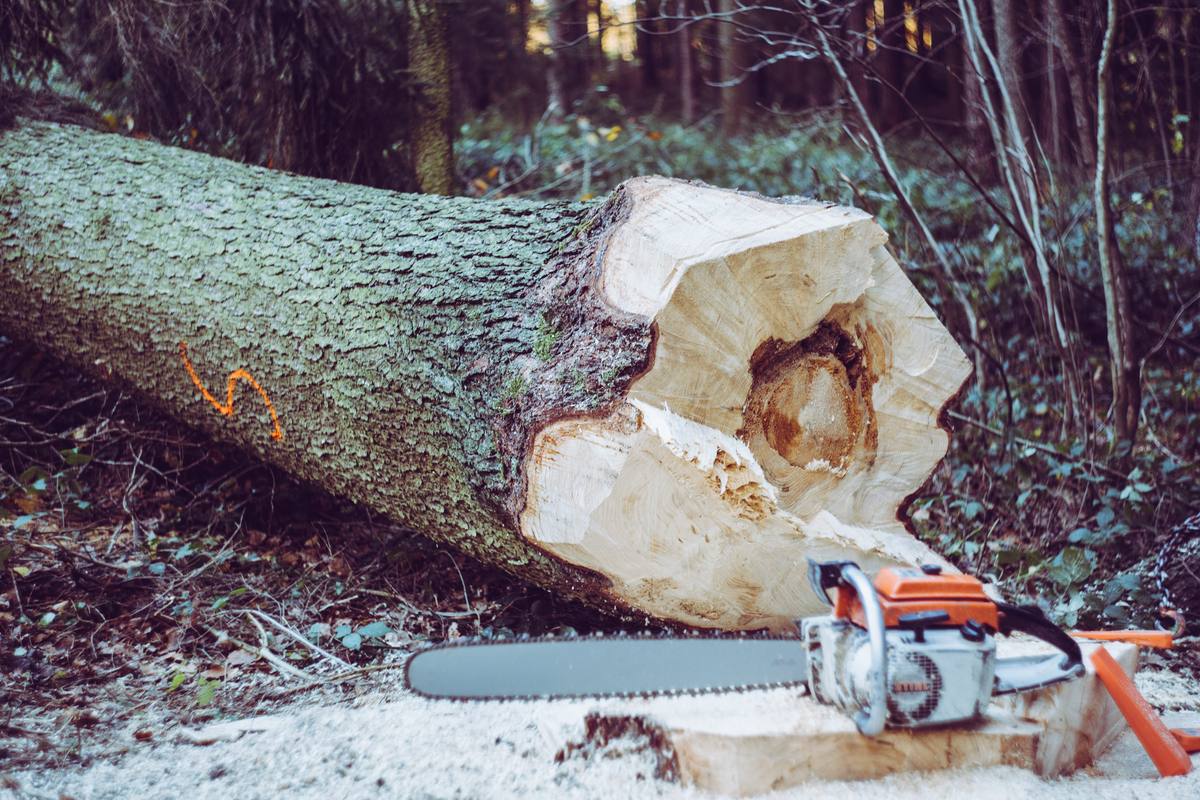
Branding and Marketing Your Forestry Business
Establishing a strong brand presence is vital in differentiating your forestry business within a competitive marketplace. A compelling brand story that highlights your commitment to sustainability can resonate well with customers and partners alike. Digital marketing strategies including social media presence, content marketing, and search engine optimization (SEO) are cost-effective ways to reach a wider audience. Networking within industry groups and participating in trade shows can also enhance visibility. Remember, effective branding goes beyond logos; it encompasses everything from customer service excellence to ethical business practices.
Leveraging Technology for Efficiency
Incorporating technology into your forestry operations can significantly increase productivity while minimizing environmental impact. Advanced GIS (Geographic Information Systems) tools allow for precise mapping of forest areas, aiding in better planning of logging operations to avoid sensitive ecosystems. Drones offer aerial photography that can help monitor forest health, track progress over large areas quickly, and more efficiently than traditional methods allow. Investing in software solutions for inventory management ensures accurate tracking of timber resources throughout the supply chain process--technology aids not just in operational efficiency but also plays a crucial role in sustainable forest management.
To achieve professional-grade visual content without breaking the bank or spending countless hours learning complex design software, platforms like Desygner come into play--providing user-friendly design tools tailored for businesses looking to make an impact. Whether creating marketing materials or enhancing digital presence, utilizing such resources can greatly assist in conveying your brand's message visually, thereby contributing positively towards establishing your business's identity in this green industry.
Embarking on a Sustainable Forestry Business Journey
In conclusion, starting a forestry business is not only a pathway to financial independence but also a noble endeavor towards environmental stewardship. The journey requires careful planning, dedication, and an unwavering commitment to sustainable practices. By understanding the importance of biodiversity and adopting eco-friendly methods, entrepreneurs can make a substantial difference in the fight against climate change while building a profitable business.
Key to success in this green venture is a deep understanding of the forestry sector, including the legal and environmental regulations that govern it. Networking with industry professionals and engaging with local communities are invaluable strategies for gaining insights and fostering partnerships that can propel your business forward. Additionally, staying abreast of technological advancements and innovative practices in sustainable forestry will ensure your business remains competitive and environmentally responsible.
To support your entrepreneurial journey in forestry, consider the following crucial steps:
- Develop a comprehensive business plan focusing on sustainability.
- Research and comply with all relevant environmental regulations.
- Secure funding from sources aligned with green businesses.
- Invest in sustainable forestry practices and technologies.
- Build relationships with local communities and stakeholders.
- Promote your business through eco-conscious marketing strategies.
- Use Desygner for creating visually compelling promotional materials.
- Stay informed about global forestry trends and innovations.
As we wrap up our discussion on launching a successful forestry business, remember that the path to success involves not just making profits but also contributing positively to our planet's ecosystem. Your venture has the potential to leave a lasting impact on both the environment and society. Are you ready to embark on this green journey? For those looking to get started on their marketing materials with professional flair, consider signing up at Desygner today to give your forestry business the visual edge it deserves.


